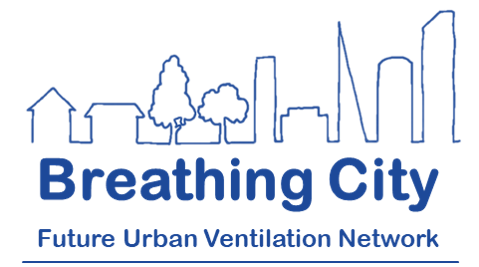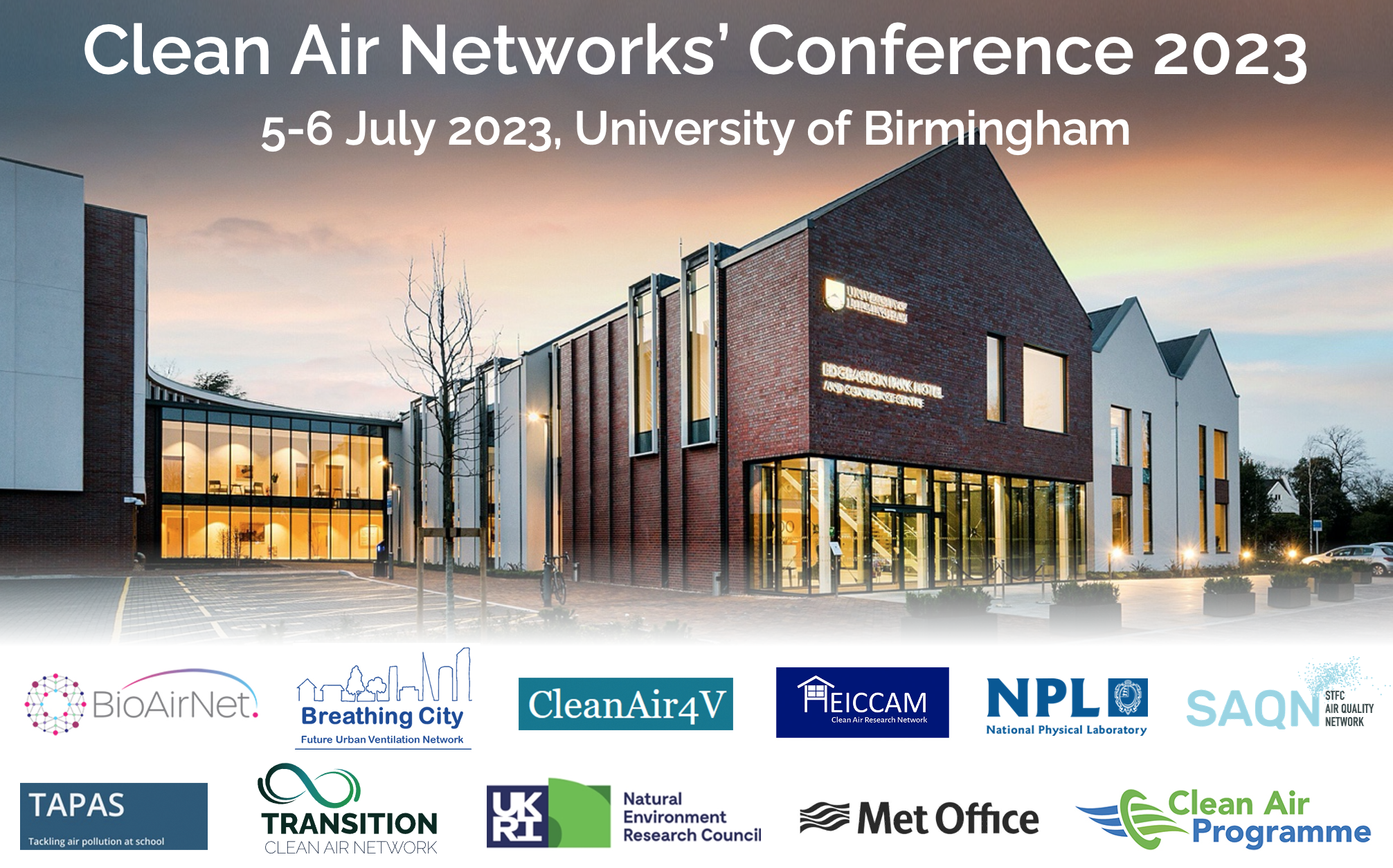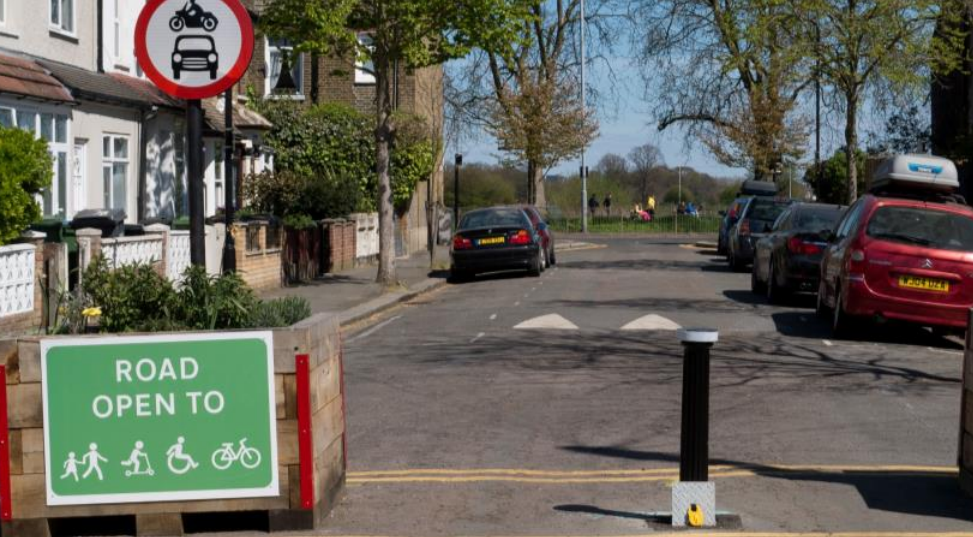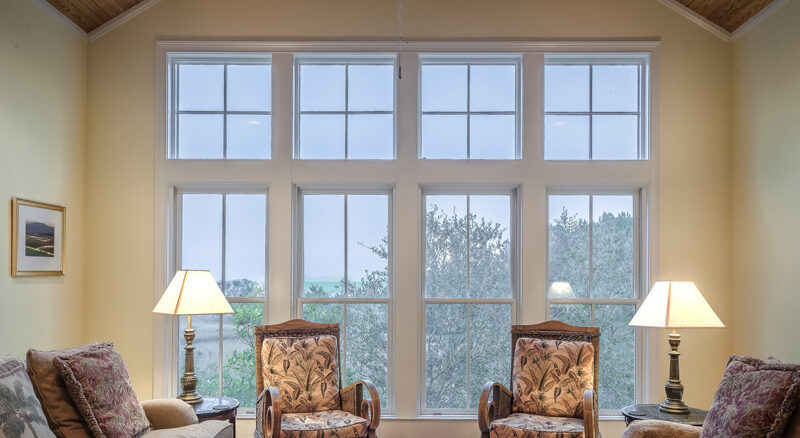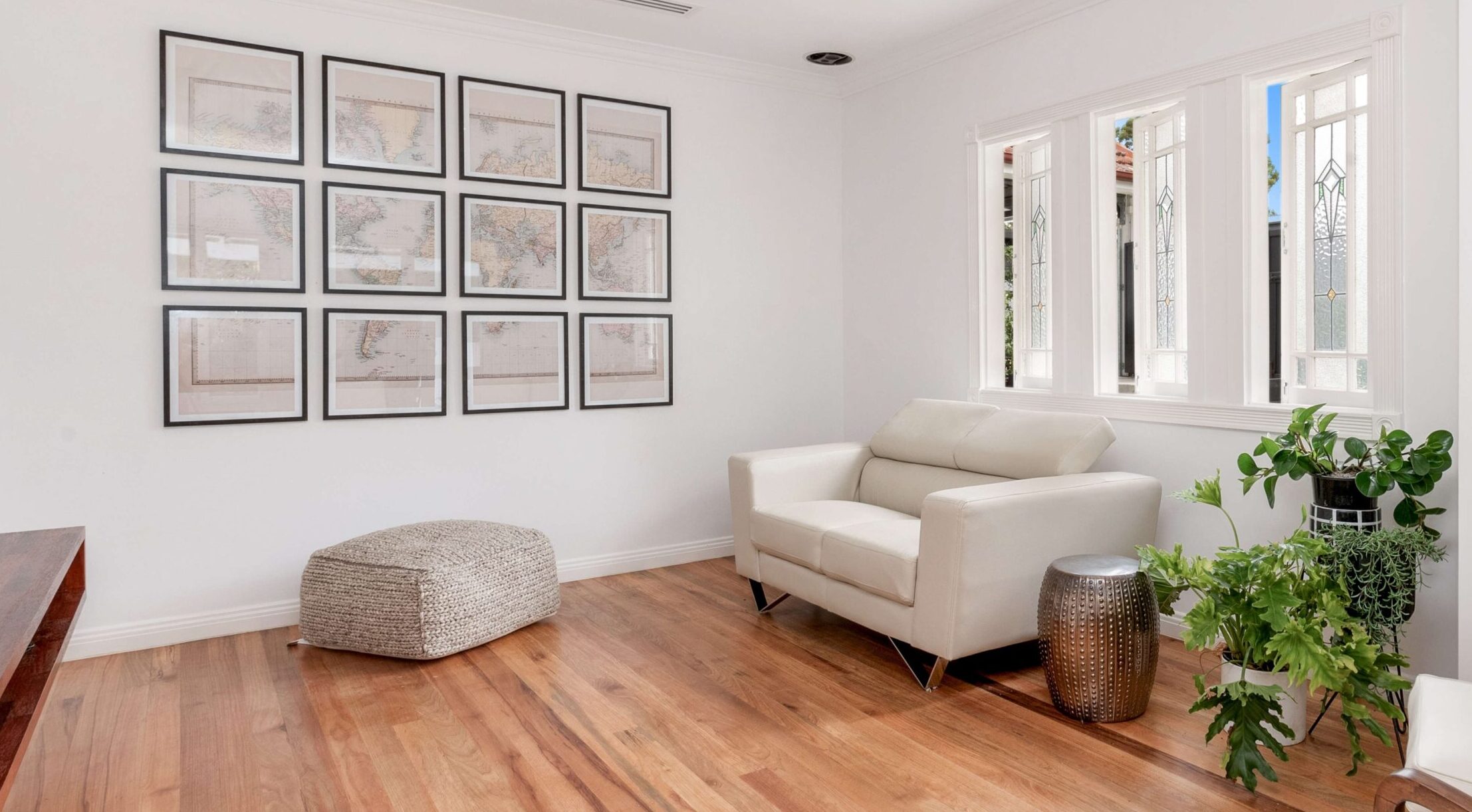Leeds City Council Air Quality and Health Workshop
Breathing City investigators joined colleagues at Leeds City Council, UKHSA and the NHS on Tuesday 28th March 2023 for an Air Quality and Health Workshop. The workshop provided a space for everyone to get up to speed on the national and local policies and strategies for both indoor and outdoor air quality, learn about national and local air quality monitoring programmes, and discuss the next steps for improving indoor and outdoor air quality for the people of Leeds. In particular, attendees looked into some of the key recommendations from the Chief Medical Officer’s 2022 annual report on air pollution, and discussed how Leeds City Council might be best placed to act on these recommendations. The findings from the 2023 Leeds Health Needs Assessment on Air Quality and Health were also discussed. The Leeds’ Air Quality Strategy 2021 to 2030 report to Executive Board and action plan sets out how Leeds…
2023 Clean Air Networks Conference
The 2023 Clean Air Networks Conference, held at the University of Birmingham 5-6 July 2023, will showcase the networks’ wide ranging activities and identify, as a legacy for the UK Clean Air community, the next steps for both indoor and outdoor air quality research and policy. It is hosted by seven networks funded under the UK Clean Air Strategic Priority Fund, the Science and Technology Facilities Council (STFC) Air Quality Network and the UKRI Clean Air Champions. REGISTRATION NOW FULL The conference programme will highlight the cross-cutting themes of the networks’ activities, presenting examples of their findings and collaborations with stakeholders. Delegates will have multiple opportunities to engage with discursive sessions that consider the implications of the networks’ findings and identify future research and policy needs. We are delighted to welcome Professor Roy Harrison to open the conference on day one with the Martin Williams Memorial Lecture and Professor Anna…
New interactive infographic: Ventilation matters
Focussing on the role of indoor air quality and ventilation, this interactive addresses key questions on why ventilation is important and what can be done to make a difference to improve ventilation. The National Engineering Policy Centre have produced a new interactive infographic – Ventilation Matters – why clean air is vital to health – exploring why effective ventilation indoors is important for enabling the health and wellbeing of people. Based on the NEPC’s infection resilient environments workstream, this interactive aims to support greater understanding of indoor air quality and steps that can be taken in different settings to improve indoor air. The interactive infographic provides an accessible resource to engage public and professional audiences across building users, managers, and owners, and address key questions on – how buildings affect health, why ventilation matters to me, and how to improve ventilation. Scroll through the story to discover considerations for ventilation…
UKHSA Job opportunity
UKHSA (UK Health Security Agency – formerly Public Health England) are currently recruiting two enthusiastic and competent scientists, with experience of undertaking research, especially on indoor air quality and ventilation modelling or IAQ monitoring to join the highly multidisciplinary Air Quality and Public Health Group. These are two permanent posts that be based at one of the following UKHSA sites: Chilton / Birmingham / Bristol / Manchester / Nottingham / Newcastle / London, depending on the successful candidate’s location. Application closing: midnight 24th February. Environmental Public Health Scientist – Indoor Air Quality Modelling (SEO) – Civil Service Jobs – GOV.UK Environmental Public Health Scientist (SEO) – Indoor Air Quality Monitoring – Civil Service Jobs – GOV.UK For more information, please contact Sani.Dimitroulopoulou@ukhsa.gov.uk
New research briefing on urban outdoor air quality
The Parliamentary Office for Science and Technology (POST) has published a POSTnote on urban outdoor air quality with contributions from academics in the Clean Air Programme, including Breathing City’s Dr Christina Vanderwel, University of Southampton. POST produces impartial, non-partisan, and peer-reviewed briefings, designed to make scientific research accessible to the UK Parliament. The POSTnote highlights that air pollution is the greatest UK environmental public health threat. It updates the 2014 POSTnote on ambient air quality (PN 458) and describes air pollutants, their health impacts and measures to mitigate poor air quality. It brings together the latest urban air quality research, public health evidence and pollutant concentration targets from the past ten years; the impacts of air pollution were highlighted by the 2013 case of Ella Adoo-Kissi-Debrah, in which high levels caused a severe fatal asthma attack. Ella is the first person in the UK to have air pollution listed as an associated…
Managing infections – don’t forget about the indoor air in your care home
As winter takes hold and energy costs rise, it is tempting to try and keep residents warm and fuel costs down by hunkering down until the weather gets warmer. But keeping all the windows and doors shut may not be the best idea: homes need ventilation, whether our own or in care homes. This article published on the Skills for Care guidance pages with input from Breathing City network members Prof. Cath Noakes and Prof. Tim Sharpe explains how, when and why to get ventilation right and limit infection risks in care settings. Older people are particularly vulnerable to the consequences of respiratory infections. Although vaccination significantly reduces risks of infection, premature death, and disease severity, COVID-19 and influenza outbreaks in care homes still happen. Recognising that effective ventilation needs to be balanced against thermal comfort, we need to make well-informed decisions about what we can do. As people age, become less…
Building standards failing to deliver healthy ventilation’ – say experts
Building standards are failing to ensure offices, shops, public buildings and homes provide healthy ventilation, say leading experts in a report on air pollution by England’s Chief Medical Officer with contributions from Breathing City academics. The panel of scientists and engineers describe a system where buildings were complying with the standards at the design phase but there was limited scrutiny to see if those standards were being met as the buildings went up – or when in use or adapted over time. Writing in the Chef Medical Officer’s (CMO) report, they said: “Whilst new buildings are subject to building standards, these are quite limited in scope and often poorly applied. There is good evidence that many buildings constructed to recent building standards fail to meet the minimum requirements for a number of aspects including ventilation.” When it came to older buildings, the expert panel noted that: “Most critically these standards are not relevant or applicable to most older buildings in the UK.” Cath Noakes, Professor of the…
Updates from our funded pilot studies
The projects funded by the Breathing City network have shared updates on their progress. Researchers received approximately £5,000 each to better understand how indoor air quality affects occupant health, how air quality metrics should be communicated and displayed, and how the new building standards affect indoor air quality. ‘Impact of different building standards on indoor air quality in homes’. Dr. Monica Mateo-Garcia. Birmingham City University This pilot study aims to monitor the indoor air quality of houses built under current Building Regulations with homes built under Future Homes Standard to compare the benefits and potential unintended risks. Two sites developed by the housing association Midland Heart and built by the same contractor were selected for the study: one development located in Burton-on-Trent, built under Part L 2013 Building Regulations, and one development in Handsworth, Birmingham, built meeting Future Homes Standard. Both sites share the same house types and construction methods,…
The Future Urban Ventilation Network Healthy Building Competition
Competition closed. Results announced by end of June Two of the grand challenges faced by architects and engineers this decade is in designing buildings and technology solutions that create healthy indoor environments and meet net zero targets. This competition invites applicants to propose an innovative building design or technology solution that addresses these two challenges together. The Future Urban Ventilation Network brings together researchers, practitioners and policy makers to understand the technical and practical challenges of a health-evidenced approach to urban building design and technology innovation. We are creating a strategy for a new holistic approach to creating healthy indoor environments, considering coupled indoor-outdoor flows in the context of current and future air quality challenges together with their impacts on thermal comfort, noise and energy use. To engage with the next generation of building performance engineers and indoor air quality specialists, we want to hear about projects involving innovative building…
Call to engagement and advancement meeting between health professionals and indoor environment researchers
06/03/2023 update: This call is now closed Call to action: To support the efforts described below, and develop research to generate the required knowledge, we intend to develop, and/or support, programmes which seeks to take steps towards linking source control, ventilation, indoor exposures, and health outcomes. To this end we ask that you contact: Contact: Kat Roberts (kr526@cam.ac.uk) in order to attend a meeting to initiate these efforts. Target audience: Clinicians, health researchers and applied health researchers, allied health professionals, GPs, health and social care co-ordinators and researchers, and health economists. Need: People spend over 90% of their time indoors but the links between health outcomes and air quality are almost exclusively on outdoor air pollutants (Maji, et al., 2017; Hua, et al., 2014; Li, et al., 2020). We need expertise in evidencing and evaluating health outcomes linked to exposures indoors, incorporating both indoor and outdoor sources. Health professionals, building…
